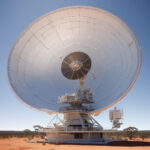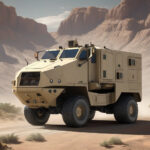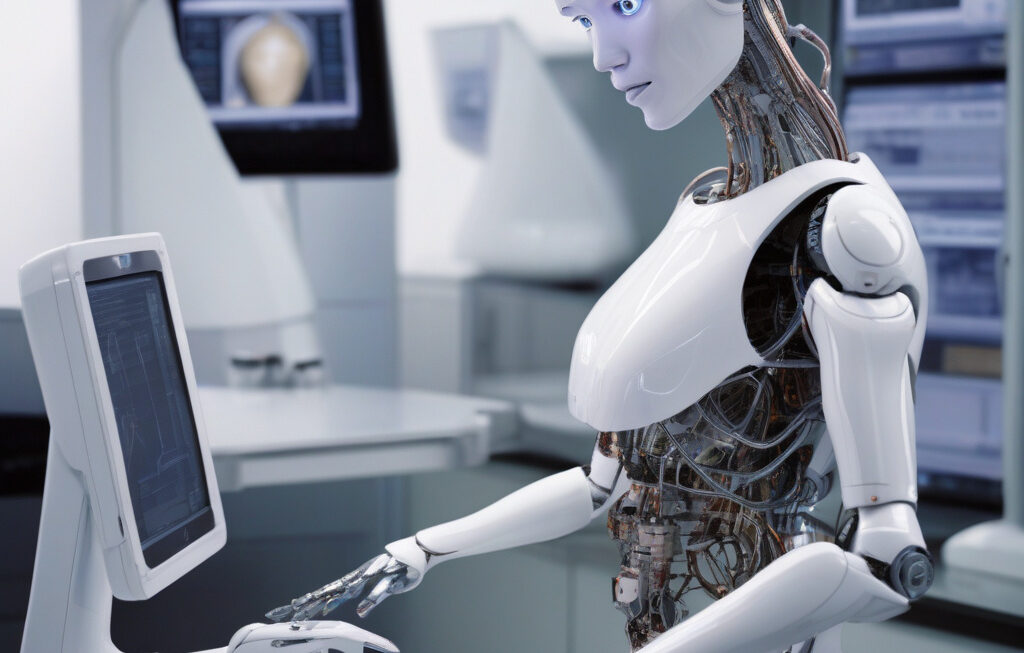Magnetic Field Breakthrough: A Leap Towards Affordable MRIs for Rural Hospitals
German physicists have overcome a long-standing limitation of magnetic field design by outperforming the famed 17.6 Tesla mark. This breakthrough could revolutionize the field of magnetic resonance imaging (MRI) and pave the way for affordable access to this crucial diagnostic tool, especially for rural hospitals and underserved communities.
MRI machines are vital for accurate and detailed imaging of internal body structures, aiding in the diagnosis of various medical conditions ranging from tumors to neurological disorders. However, the high cost of traditional MRI machines, which rely on superconducting magnets to generate strong magnetic fields, has limited access to this technology, particularly in rural areas with limited resources.
The recent achievement by German physicists in surpassing the 17.6 Tesla threshold opens up new possibilities for the development of more cost-effective MRI machines. By utilizing higher magnetic fields, researchers can enhance the resolution and sensitivity of MRI scans, improving diagnostic accuracy without the need for expensive equipment.
One of the key advantages of this magnetic field breakthrough is the potential to miniaturize MRI machines without compromising image quality. Smaller, more portable MRI devices could significantly benefit rural hospitals by reducing space requirements and operational costs, making it easier for healthcare facilities with limited budgets to invest in this technology.
Moreover, the increased efficiency of higher magnetic fields could lead to faster scan times, improving patient throughput and reducing wait times for critical imaging tests. This enhanced speed and accuracy are particularly valuable in emergency situations where timely diagnosis is essential for patient outcomes.
In addition to its implications for healthcare accessibility, the advancement in magnetic field design also holds promise for research and innovation in the medical field. Higher magnetic fields can enable scientists to explore new applications of MRI technology, such as advanced spectroscopy and functional imaging techniques, opening doors to a deeper understanding of the human body and disease processes.
Furthermore, the scalability of this breakthrough allows for potential integration into existing MRI systems, offering a cost-effective upgrade path for healthcare providers looking to enhance their imaging capabilities. By leveraging this technology, rural hospitals can offer state-of-the-art diagnostic services to their communities, improving overall healthcare quality and outcomes.
As we witness this significant leap in magnetic field design, the prospect of affordable MRIs becoming a reality for rural hospitals is within reach. By harnessing the power of innovation and scientific advancement, we can bridge the gap in healthcare disparities and ensure that all individuals have access to essential diagnostic tools, regardless of their geographical location or economic status.
In conclusion, the recent breakthrough in magnetic field design by German physicists has the potential to transform the landscape of MRI technology, making high-quality imaging more accessible and affordable for rural hospitals. This advancement not only enhances diagnostic capabilities but also opens up new possibilities for research and innovation in the medical field, ultimately benefiting patients and healthcare providers alike.
#MRI #MagneticField #HealthcareInnovation #RuralHospitals #MedicalTechnology











